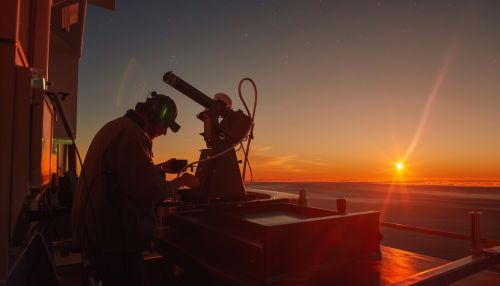Dobson Unit
Introduction
The Dobson Unit (DU) is a unit of measurement that is used in atmospheric chemistry and meteorology. Named after British physicist Gordon Miller Bourne Dobson, who first implemented its use in the mid-20th century, the Dobson Unit is the most common unit for expressing the total amount of ozone in the Earth's atmosphere.
Definition
A Dobson Unit is defined as the thickness of a layer of pure ozone that would be formed in the Earth's atmosphere if all the ozone in a column above an area were collected and compressed to standard temperature (0 degrees Celsius) and pressure (1 atmosphere). A Dobson Unit represents a layer of ozone that is 0.01 millimeters thick under these standard conditions.
Measurement
The measurement of atmospheric ozone in Dobson Units is typically achieved using a Dobson Ozone Spectrophotometer. This instrument measures the intensity of solar ultraviolet radiation at four specific wavelengths, two of which are absorbed by ozone and two of which are not. By comparing the intensities of these wavelengths, the amount of ozone in the overhead atmospheric column can be determined.
Applications
Dobson Units are used in a variety of scientific and meteorological applications. They are most commonly used to describe the ozone layer and its changes over time. For example, the term "ozone hole" refers to an area of the stratosphere over Antarctica where the average amount of ozone is often less than 220 Dobson Units.


